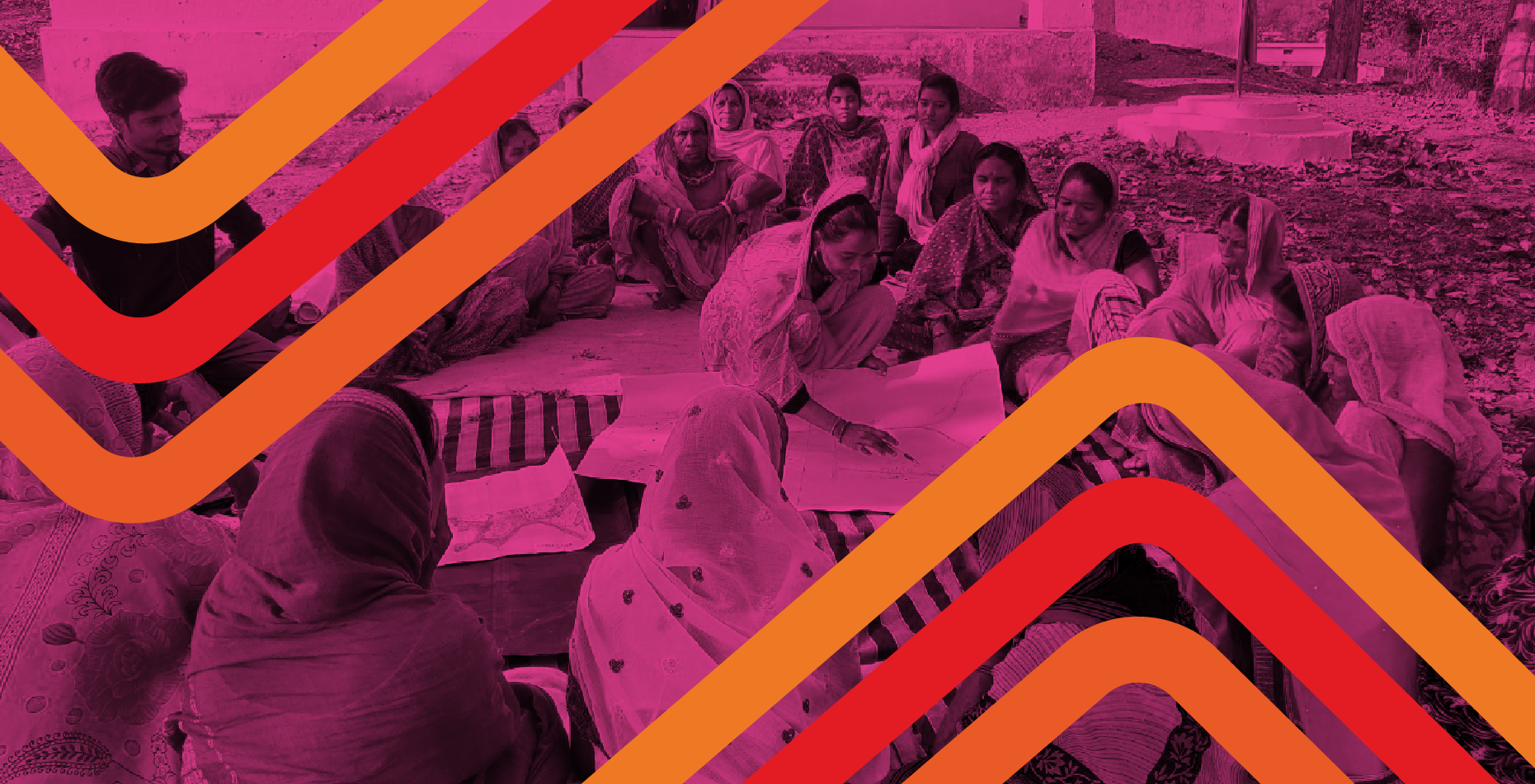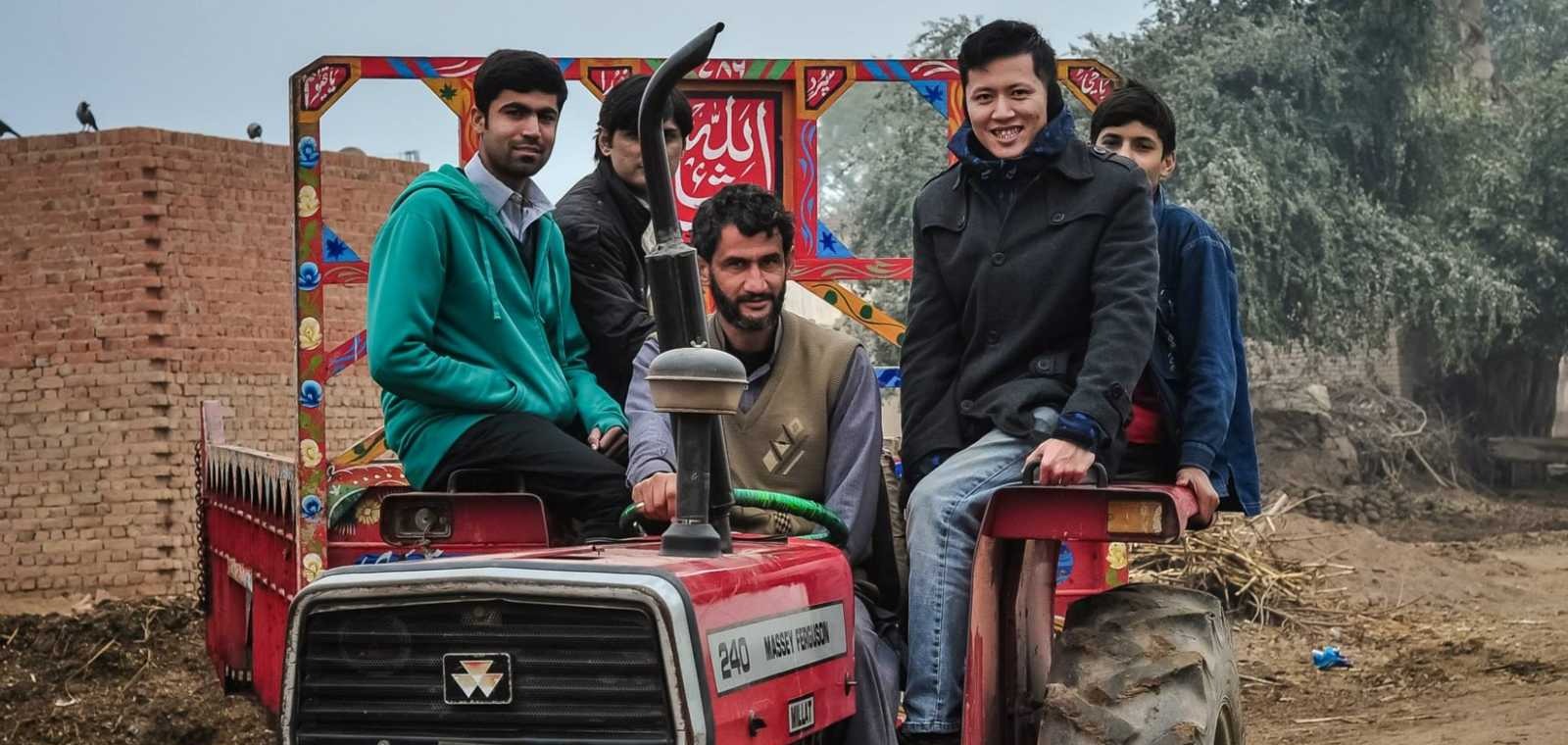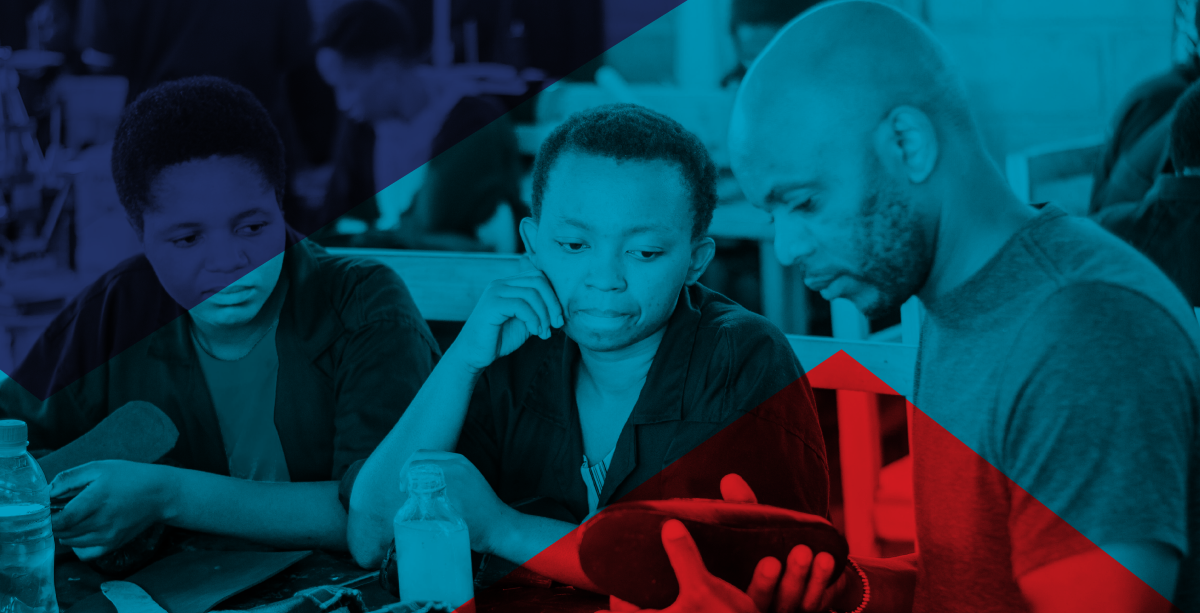Grow as a Leader
Adaptive leadership: Your tool to lead from any seat
Learn adaptive leadership skills to build bridges and navigate uncertainty
19 minutes
We’ve been conditioned to believe leadership is granted with authority and privilege. But some of the greatest leaders of our time have emerged from modest ranks.
Close
- What adaptive leadership is and why it matters
- Which challenges can be tackled with adaptive leadership
- 3 steps to use adaptive leadership to implement change
The principles of adaptive leadership
As a framework, Adaptive Leadership means shifting your mindset in three key ways:
1. Holding the tension between the reality of where you are and the audacious vision of where you want to be.
With a new perspective, Gayathri realized it’s no longer enough for corporations to provide funds for basic skills training when only 15% of India’s population receives social protection. Determined to challenge the status quo, Gayathri holds the tension between where LabourNet is, and their new vision to secure contracts with corporations that ensure not just consistent wages, but importantly, social protection of the workers.
2. Having the courage to do what’s right, not what’s easy.
Most people agree that our systems are broken, but not many are willing to do what it takes to fix them. Through the practice of moral imagination and the courage to exercise her own act of leadership, Stephanie aims to fix a crucial but broken system.
3. Holding your ideas loosely but your values firmly.

India Fellow
Sonubal
Sonu is with Professional Assistance for Development Action (PRADAN), working directly with the poor indigenous communities in Betul, Madhya Pradesh. He focuses on strengthening women's collectives and facilitating development projects to comprehensively enhance their socio-economic wellbeing. Sonu also anchors a block-level sub-team to streamline ...
Why adaptive leadership matters

HOW ACUMEN'S FELLOWSHIP INTEGRATES ADAPTIVE LEADERSHIP LEARNING FOR SOCIAL INNOVATORS
The skills needed to become an adaptive leader are rarely learned by listening to a lecture or completing an online course. Leveling up your skills involves leaning into discomfort to identify one’s leadership gap or challenge
Acumen Fellows Program Manager, Laura Ruiz has spent the past four years equipping Colombia’s next generation of social entrepreneurs and organizational leaders with the knowledge, networks and tools to address Colombia’s most pressing social issues. This dynamic process involves adaptive leadership: pinpointing the problem, mapping the stakeholders implicit to the issue, and thinking politically about how to tackle it
During her years working with social innovators, Laura has admired the urgency by which these leaders act, but recognizes that unbridled urgency sometimes causes us to overlook the real problem at hand.
“Adaptive Leadership is a framework, or new pair of glasses to view the world in an alternative way. It’s an invitation to stop, reflect, discuss with others, and to imagine the perspective of others, to see how your own worldview is affecting how you see the issue,” says Laura.
This ability to see the world from another’s view is known as moral imagination. Exercising moral imagination is a crucial prerequisite for any leader who wants to ensure that their product, program, or solution, is inclusive and sustainable. Both successes and shortfalls have taught Laura that the best way to teach adaptive leadership is by not teaching it at all.
“You don’t learn these skills in a classroom, you learn by doing. In the Colombia Fellows program we bring together cohorts that mirror the reality of Colombia, so that the small cohort resembles the larger system we are trying to change. From there, the microcosm will start recreating the reality of the larger cosm,” explains Laura.
Together, the Fellows learn from one another, and in those interactions they begin to reimagine how to best affect change in their own communities. The cohort acts as an incubator for innovation, creativity, and exploration to unearth questions surrounding one’s sense of self, contributing stakeholders, and larger systems.
“The knowledge and wisdom are in the room, and our role as facilitators is to pull it out,” says Laura.
Laura reflects on one Fellow who has repeatedly practiced adaptive leadership outside of cohort meetings. Esteban Reyes is the CEO of Tiempo de Juego — an organization promoting community transformation through sports, arts, and technology, to unlock the capacities of children and youth. During a cohort workshop, Esteban identified his problem — his organization was scaling too quickly and he began to worry that they lacked the financial and human resources to meet this new demand.
“When he used the adaptive framework and listened to his own cohort, he acknowledged that he was actually part of the problem. His worry was that he wasn’t going to be able to lead the change the organization needed, and his reputation and confidence was at risk,” said Laura.
By expressing his fears, locating his leadership gap, and identifying involved stakeholders, his cohort turned a moment of urgency into a practical plan of action. He was joined by other Colombian Fellows including Rocío Arango and Felipe Orduz to tackle his talent resource concerns.
“Most importantly, he had a tribe supporting him that helped him realize that he did have in him what he needed to take the organization to a new level, and that is what he has been doing ever since,” said Laura.
You are the leader you’re waiting for
When adaptive leadership states there are no leaders, there’s acts of leadership — it’s saying there’s no single hero. There’s no one person that will magically wave a wand — no politician, religious leader, or community activist — who’s going to make something happen. It’s all of us as individuals.
Batool Hassan
Director, Acumen Academy
You are part of the system you want to change
Change takes all of us
- How well do you listen to others?
- Where can you listen better to those who have different values and bridge gaps to drive change?
- What is it I’m missing?
- What can I do differently to communicate or influence more effectively?
- How can I help others see my vision for change, speak up, and align with what I’m trying to accomplish?
How to identify adaptive problems
Seven signs that you’re facing a leadership moment
3 steps for using adaptive leadership everyday
1. GAIN CLARITY AND PERSPECTIVE
Close
2. Frame your adaptive challenge
- Who are you? What role do you play within your team, organization, or community?
- What is your (or your team’s, your organization's, your community’s) aspiration?
- Why does it matter?
- What is the current reality?
3. Engage your stakeholders
- What do your stakeholders value?
- How does your idea impact your stakeholders?
- How can you help reframe the solution to mitigate any feelings of loss?
Resources to further your understanding of adaptive leadership
Discover more
Sign up to our newsletter
I have read and accept the Terms & Privacy


